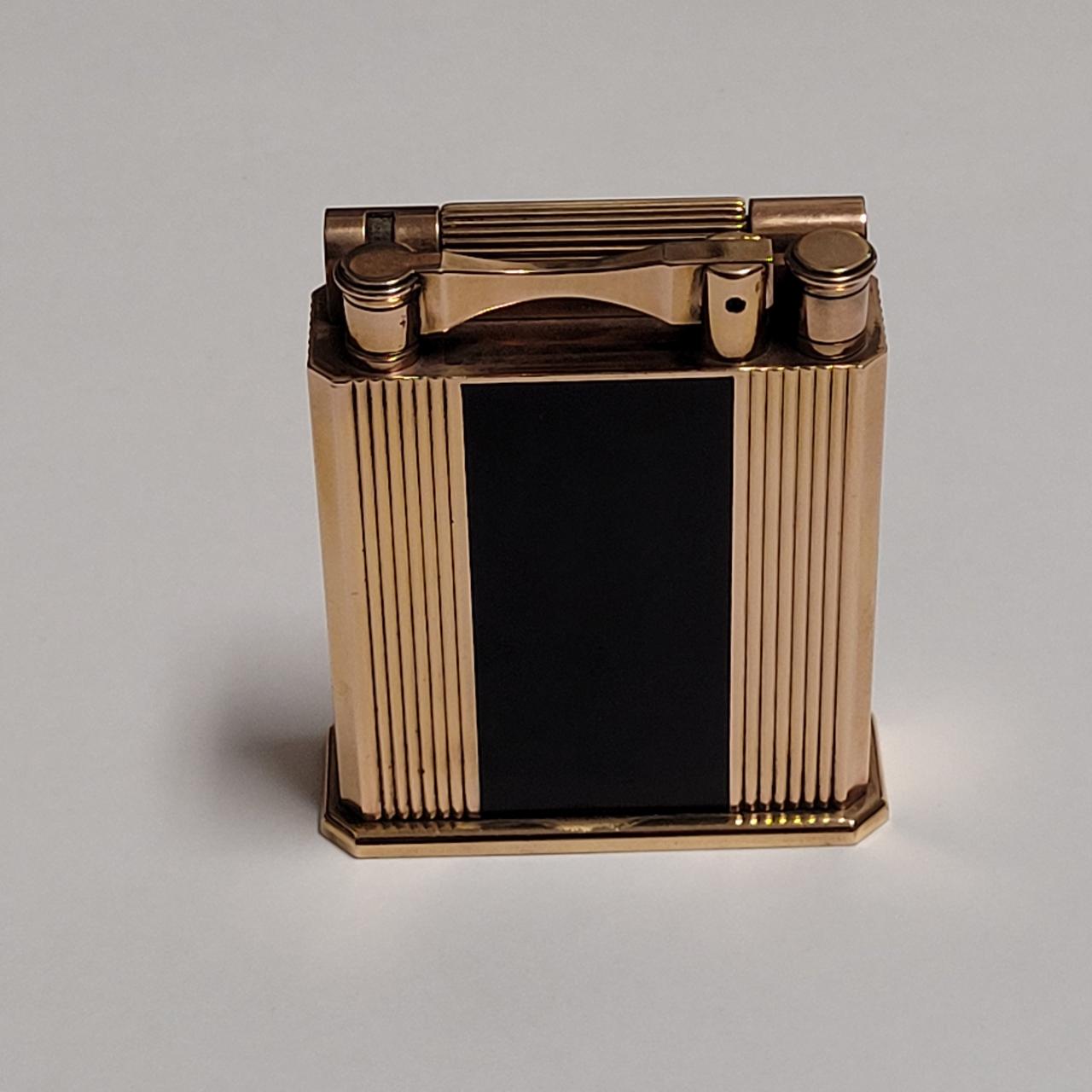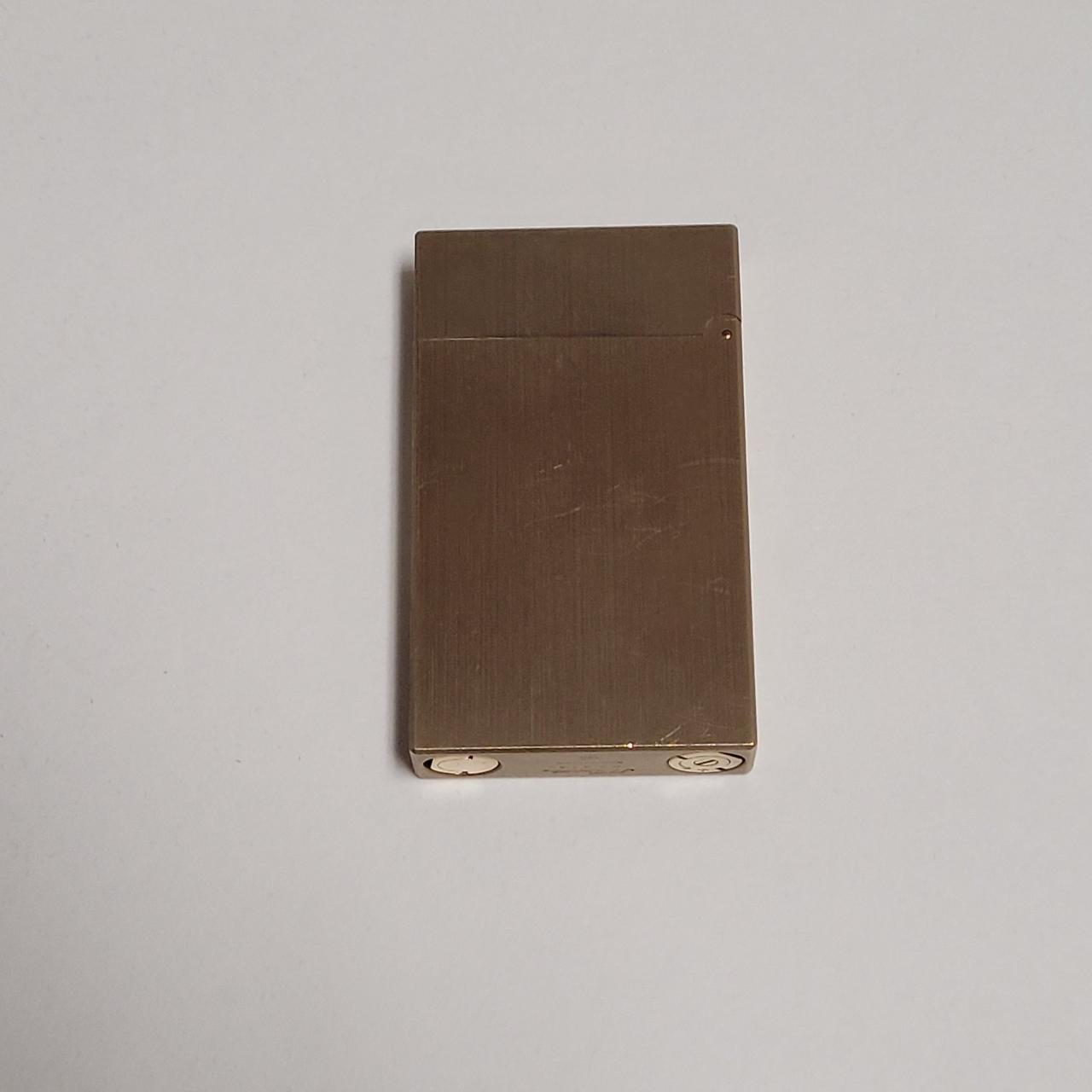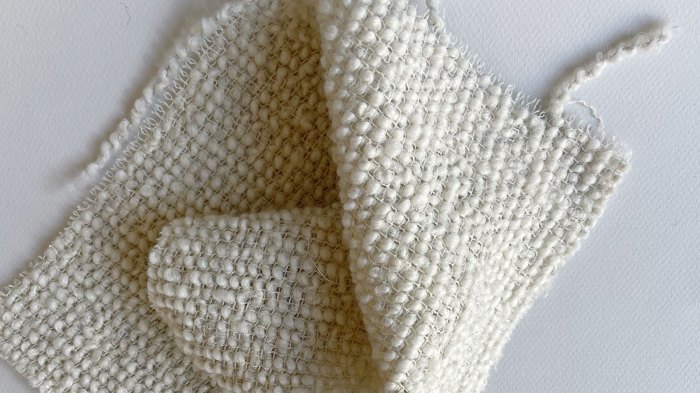Fabric introduced by dupont in the 1940s – In the textile landscape of the 1940s, DuPont emerged as a visionary pioneer, introducing a suite of fabrics that transformed the industry and left an enduring legacy. Among these groundbreaking creations, nylon stood out as a revolutionary material, heralding a new era of synthetic fibers.
Driven by market demands and consumer aspirations, DuPont’s scientists embarked on a quest to develop fabrics that met the evolving needs of the time. The result was a range of innovative materials that reshaped fashion, textiles, and everyday life.
1. Dupont’s Fabric Introduction in the 1940s: Fabric Introduced By Dupont In The 1940s

The textile industry in the 1940s was marked by significant advancements, driven by the need for durable, functional, and aesthetically pleasing fabrics. Consumer demand for lightweight, wrinkle-resistant, and low-maintenance materials spurred innovation, creating a fertile environment for the development of synthetic fabrics.
Dupont, a leading chemical company, emerged as a pioneer in the field, leveraging its expertise in polymer science to create revolutionary new fabrics that transformed the textile landscape.
2. Nylon
The Revolutionary Fabric
Invented in 1935, nylon was the first commercially successful synthetic fiber. It possessed exceptional strength, elasticity, and resistance to wear and tear, making it an ideal material for a wide range of applications, from parachutes to stockings.
Nylon’s introduction had a profound impact on the fashion industry, enabling the creation of lightweight, sheer fabrics that were previously impossible to achieve with natural fibers. Its durability and low maintenance made it a popular choice for everyday wear, revolutionizing the way people dressed.
3. Other Fabrics Introduced by Dupont, Fabric introduced by dupont in the 1940s
Besides nylon, Dupont introduced several other synthetic fabrics in the 1940s, each with unique properties and applications:
- Orlon:A soft, warm, and flame-resistant fiber used in blankets, sweaters, and carpets.
- Dacron:A strong and wrinkle-resistant fiber used in clothing, upholstery, and industrial applications.
- Mylar:A thin, reflective film used in packaging, insulation, and space exploration.
These fabrics contributed significantly to the advancement of the textile industry, offering new possibilities for design, functionality, and durability.
4. Impact on Society and Culture
Dupont’s fabrics had a profound impact on society and culture in the 1940s:
- Fashion:Nylon’s popularity revolutionized fashion, enabling the creation of new styles and silhouettes.
- Consumer Behavior:Synthetic fabrics offered convenience and low maintenance, changing consumer preferences and habits.
- Everyday Life:Durable and versatile fabrics found applications in various aspects of daily life, from clothing to home furnishings.
Dupont’s innovations left a lasting legacy in the textile industry, shaping fashion, consumer culture, and everyday life for decades to come.
5. Comparison to Natural Fibers
| Property | Synthetic Fabrics | Natural Fibers |
|---|---|---|
| Strength | Higher | Lower |
| Durability | Higher | Lower |
| Elasticity | Higher | Lower |
| Cost | Lower | Higher |
Synthetic fabrics offer advantages in strength, durability, and elasticity, while natural fibers are generally more expensive and less resilient.
General Inquiries
What was the significance of nylon’s introduction in the 1940s?
Nylon’s unique properties, including its strength, elasticity, and resistance to wear and tear, made it an ideal material for a wide range of applications, from parachutes to hosiery.
Besides nylon, what other fabrics did DuPont introduce in the 1940s?
In addition to nylon, DuPont introduced other synthetic fabrics such as Orlon, Dacron, and Lycra, each with its own distinct properties and applications.
How did DuPont’s fabrics impact fashion and consumer behavior?
DuPont’s fabrics enabled the creation of new and innovative clothing designs, making them more durable, versatile, and affordable. This had a significant impact on fashion trends and consumer spending.

